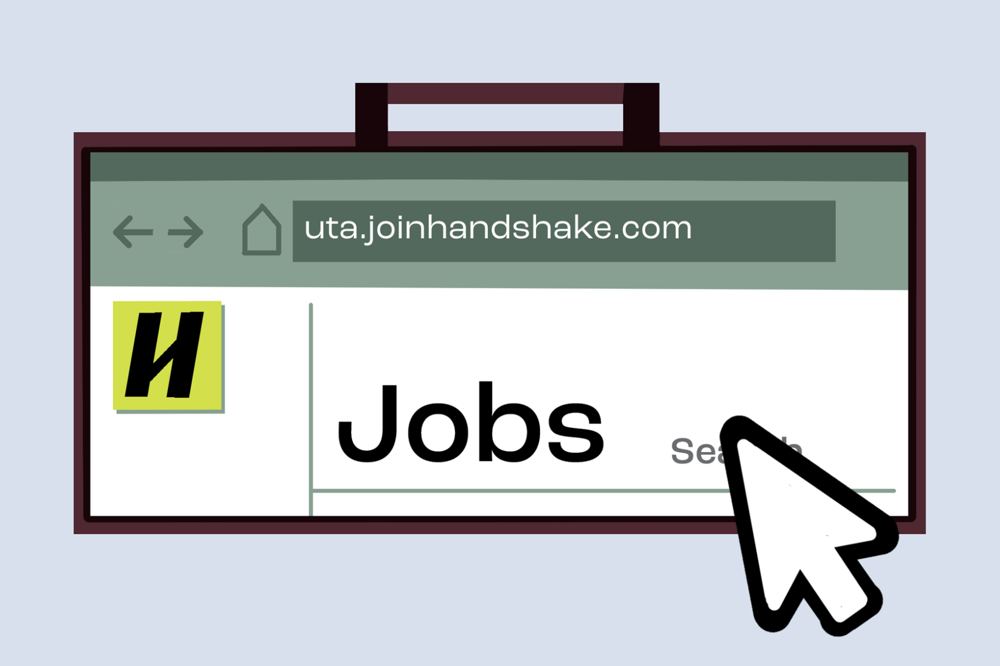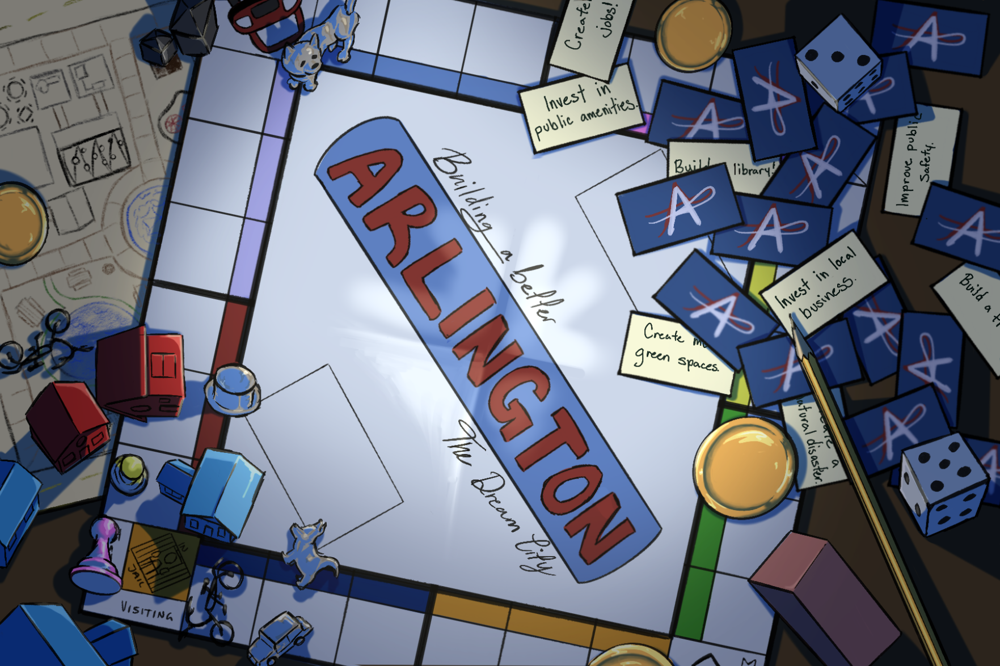The summer is upon us, and with it comes the Texas heat and excessive sun.
When stepping outside, people are almost always exposed to ultraviolet rays. UV rays are an invisible form of radiation stemming from sunlight believed to increase the risk of developing skin cancer, according to the National Institute for Occupational Safety and Health.
Nurse Practitioner Regina Humphrey said it’s best to plan activities before noon or in the evening since UV rays are usually the strongest from 9 a.m. to 3 p.m.
Humphrey said all skin types can benefit from wearing sunscreen.
Avoid sunscreens with oxybenzone, a chemical-based ingredient that converts UV rays into heat and releases them through the skin, she said.
The easiest way to ensure a product is safe is by using sunscreens with the Environmental Working Group’s verified stamp, which do not have toxic or harmful chemicals.
If you get a sunburn, it is recommended to not return outside as that will deepen what is considered a first-degree burn, Humphrey said. Sunburns can be treated with creams made with ingredients like aloe vera.
In addition to sunburns, individuals should also be wary of heatstroke.
If someone is exhibiting heatstroke symptoms — which begin with rapid heartbeat, dizziness, nausea and vomiting — lie them down and elevate their feet, Humphrey said. They should then be cooled down with any available methods and taken to the emergency room.
“I don’t think people realize how damaging the sun or the heat can be,” Humphrey said.
Here are some tips to stay safe:



























